It’s no secret that WiiM has steamrolled its way into the hi-fi mainstream. Their boxes are small, cheap, and packed with enough streaming features to make most legacy brands break into a nervous sweat. But the real power move? That would be the WiiM OS. It’s clean, intuitive, and actually works—whether you’re a hi-fi lifer or just trying to get out of Bluetooth hell.
So it makes perfect sense that Pro-Ject—a company with real analog chops—would lean on WiiM’s software brain for its new streaming amplifier, the Uni Box S3. Think of it as a tactical alliance: Pro-Ject handles the amplification and hardware finesse, while WiiM delivers the digital brains.
Because let’s face it—whether you’re buying a network streamer, an all-in-one, or yet another affordable Class D amp, chances are you’re living in a WiiM world now.

Most Class D Streaming Amps Digitize Everything—Pro-Ject’s Uni Box S3 Doesn’t Butcher the Analog
The Uni Box S3 borrows its dual-mono analogue architecture straight from Pro-Ject’s MaiA S3 integrated amplifier, pushing out 40W per channel into 4 ohms (or a more modest 23W into 8 ohms). No inflated numbers, just honest specs.
Pro-Ject claims it’s keeping things truly analog where it counts. Any source connected to the analog inputs stays in the analog domain—no surprise ADC detour, no DSP patchwork, just the signal as it came in.
Both the preamp and power amp sections remain fully analog, while the streaming section is carefully isolated to avoid polluting the analog path. In a market full of streaming amps that digitize everything just because they can, Pro-Ject’s approach is a refreshingly purist one—although some may look at the price and wonder if Pro-Ject never got the memo.
Connectivity is generous for a box this compact. You’ve got room for your CD player, turntable, TV, and headphones without reaching for a splitter. There’s a moving-magnet phono stage, dedicated headphone amp with a proper 6.3mm output, RCA line-in, optical and coaxial digital inputs, plus HDMI eARC for TV duty. Need more low end? There’s a subwoofer output too.
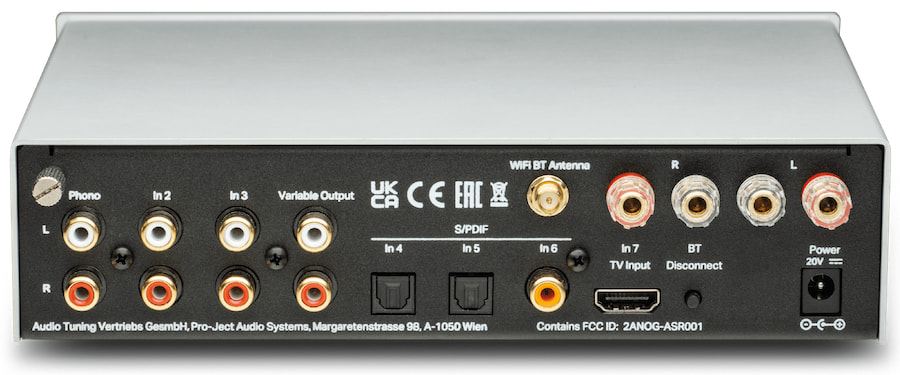
Wi-Fi and Bluetooth 5.1 are included, though it’s worth noting that some budget competitors are already shipping with Bluetooth 5.3. It’s not a dealbreaker, but for something carrying the Pro-Ject name (and price), it does raise an eyebrow. Unless something has changed, we expect the Pro-Ject’s Bluetooth integration to support aptX HD.
Streaming is powered by WiiM’s excellent platform, giving you baked-in support for Qobuz, Tidal Connect, Spotify Connect, Amazon Music, Deezer, TuneIn, and more. We’ve asked whether Qobuz Connect is fully supported—stay tuned.
And in a move that breaks from the ESS Sabre DAC herd, Pro-Ject went with the Cirrus Logic CS4344—capable of handling 24-bit/192kHz files. Not the flashiest chip on paper, but if implemented right, it can still sound the business. That said, there’s no support for DSD or MQA playback, so if those formats are part of your regular diet, you’ll need to look elsewhere.
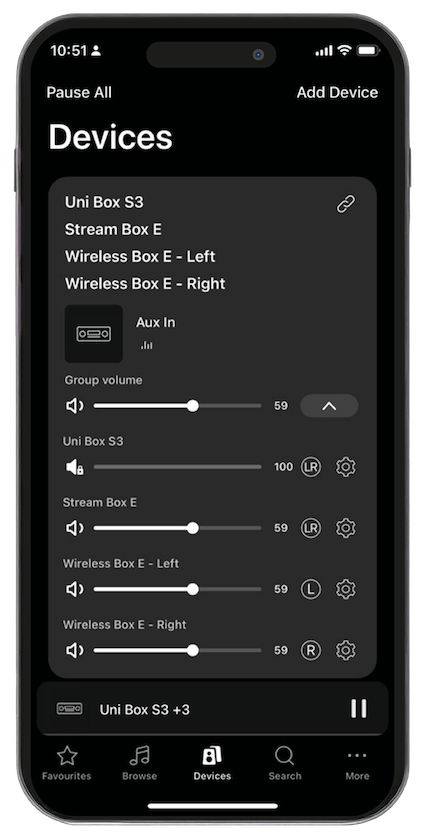
WiiM Brains, Pro-Ject Build: Uni Box S3 Blends Smart Streaming with Serious Longevity
New to the party is the Pro-Ject Home app, which—surprise!—looks and feels a lot like the WiiM Home app. That’s not a dig. WiiM’s app is one of the best in the game, especially at this price point, letting you tweak EQ settings, control multi-room setups, and manage playback across other connected Pro-Ject units without pulling your hair out.
Wrapped in a sleek aluminum chassis with a compact footprint, the Uni Box S3 is built for the long haul. Pro-Ject says it’s gone the extra mile to isolate the analogue and digital sections—so when streaming formats inevitably change (again), your amp doesn’t suddenly become a paperweight. You can keep spinning records and feeding it analog signals like nothing happened.

Pro-Ject Uni Box S3– Technical Specifications
- Power Output: 2 x 23W (8Ω), 2 x 40W (4Ω) @ 1% THD
- Freq. Response (20Hz–20kHz): < 0.4–0.9dB @ 4Ω
- THD: < 0.05% @ 10W / 4Ω
- SNR: 94dB (A-weighted) @ 4Ω
- Channel Separation: -67dB @ 10kHz
- Headphone Amp: 70mW @ 32Ω (1% THD)
- Inputs:
- Analog: 2 x RCA, 1 x MM Phono (RCA)
- Digital: 1 x Coax, 2 x Toslink, 1 x HDMI eARC
- Wireless: Wi-Fi 5 (2.4/5GHz), Bluetooth 5.1 (SBC, AAC)
- DAC: Cirrus Logic CS4344 (24-bit / 192kHz)
- Power Amp Chip: TI TPA3221DDV
- Outputs: 1 x RCA (variable), 1 x Speaker (banana/spade/bare)
- Power Supply: 20V/3A DC (100–240V AC, 50/60Hz)
- Standby Consumption: < 0.5W
- Dimensions (W x H x D): 206 x 55 x 153 mm (176 mm incl. sockets)
- Weight: 1.1 kg (excl. PSU)
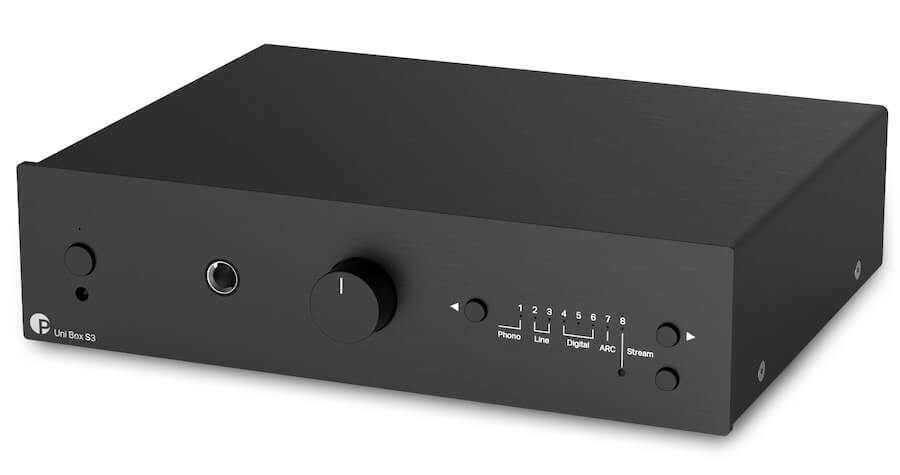
The Bottom Line
The Pro-Ject Uni Box S3 delivers solid analog warmth, a well-designed WiiM-powered app, and enough connectivity to cover just about everything except your kitchen sink. Its compact, durable build and clever separation of analog and digital circuits mean it’s ready for whatever streaming chaos tomorrow throws at us.
The price is steep for just 40 watts per channel, so you’ll need efficient, high-sensitivity speakers to get the most out of it—don’t expect to fill a large room with ease. The lack of DSD and MQA support will also disappoint audiophiles chasing every format under the sun. However, if you want a higher-quality MM phono preamp than what’s typically offered in other streaming amplifiers, this Austrian-made model definitely makes sense.
The Pro-Ject Uni Box S3 faces stiff competition from the likes of the WiiM Amp Ultra, EverSolo Play, Elipson Connect 2130 Xi, Marantz M1, and WiiM Ultra/Vibelink models—options that are noticeably cheaper and pack a lot more punch.
For more information: Uni Box S3 Network Amplifier
MSRP: $1,099
Related Reading:
- Eversolo Play Network Amplifier Cracks A Paulaner At High End Munich—Says “Hold My Beer” To WiiM’s Amp Ultra
- Elipson Connect 2130 Xi: Ugly, Boxy, Brilliant — Welcome To The Future Of Audiophile Streaming
- The Pro-Ject Travel Set: Finally, Luxury Audio That Fits In The Overhead Bin
- WiiM Amp Ultra: The Sonos Slayer Born From The Ultra And Amp Pro?
- WiiM Vibelink Amp Review: No Streaming, No HDMI, No Excuses—Just Clean, Brutal Power For $300

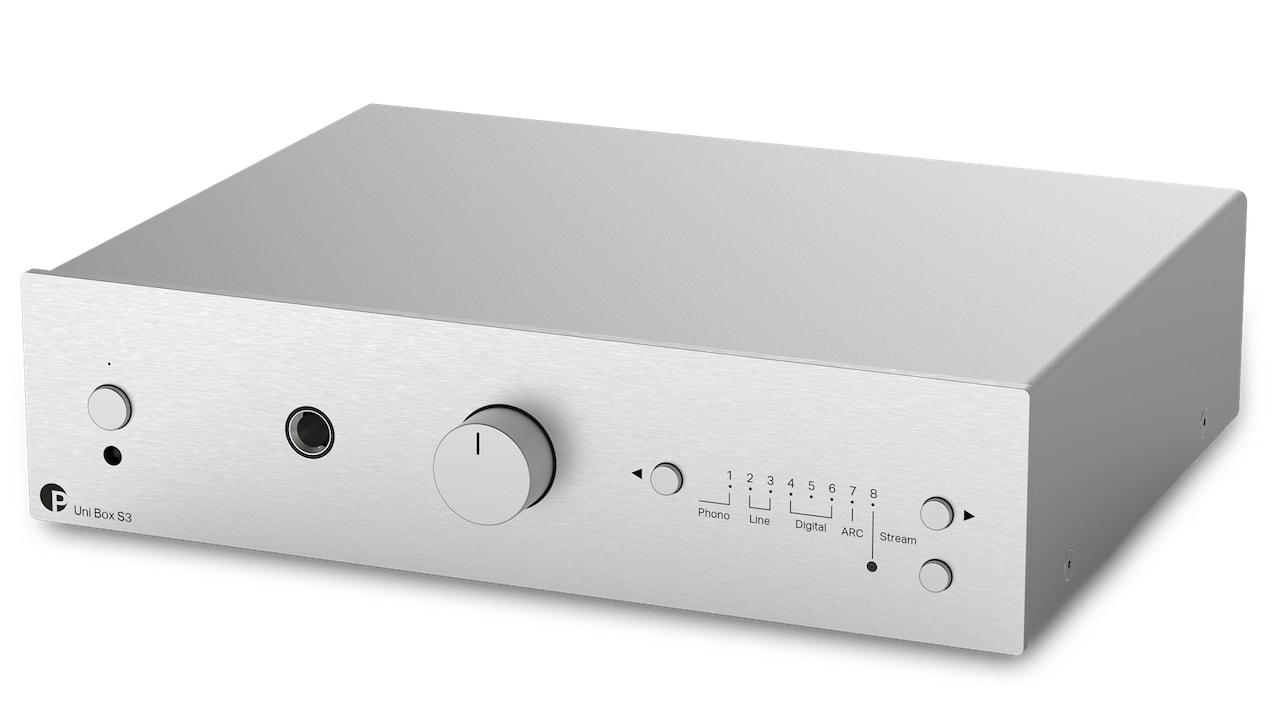
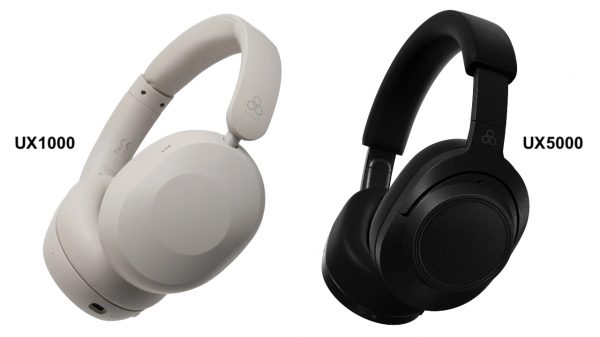
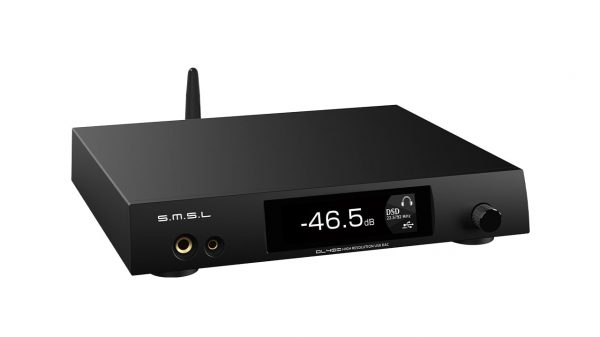
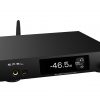






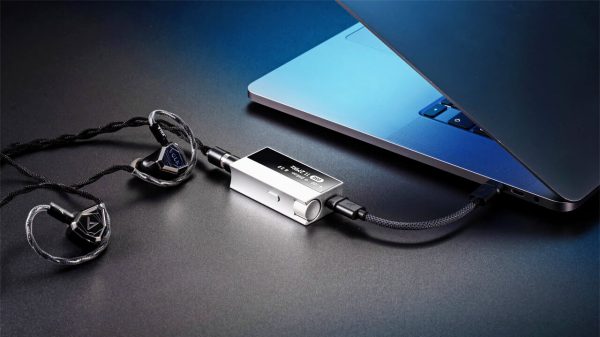

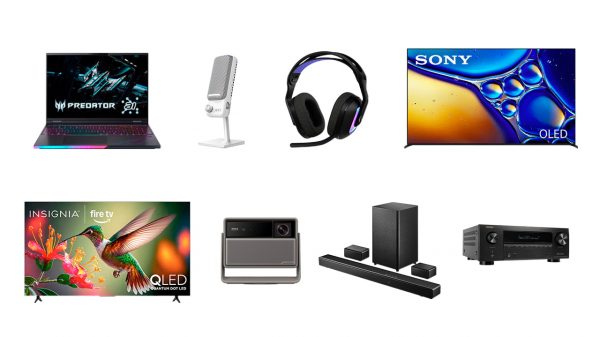





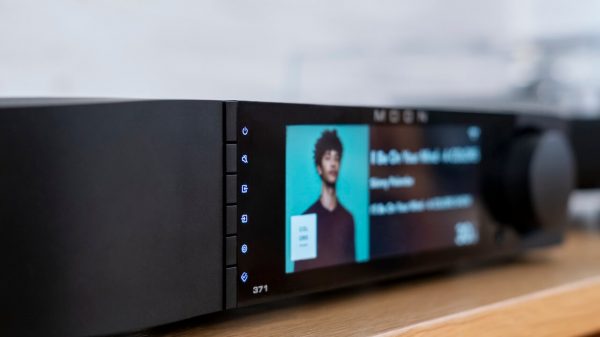

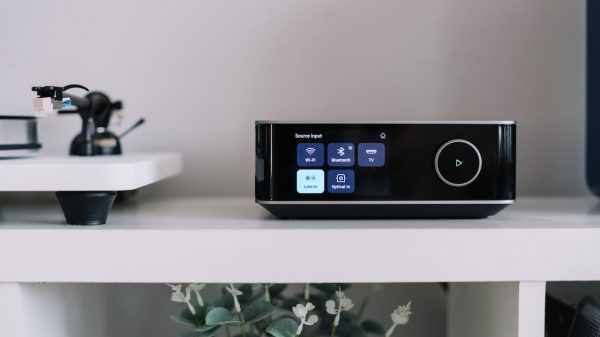
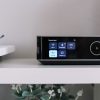
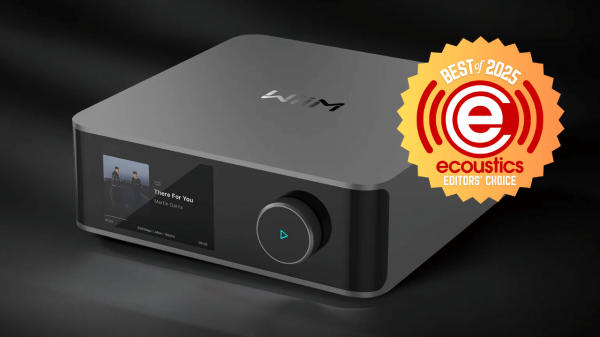
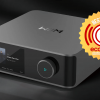


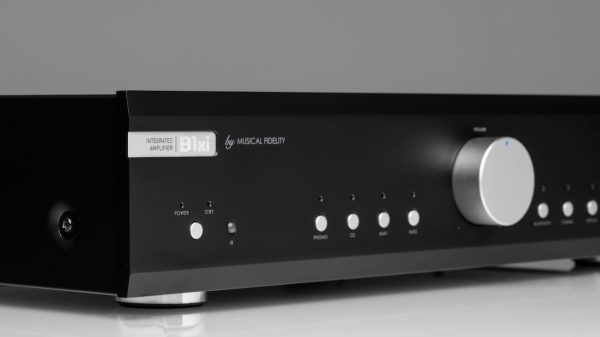
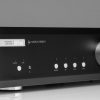











Catherine Lugg
June 20, 2025 at 12:40 pm
Ian,
Thanks for the heads up! Hmmmmmm….I do believe WiiM is taking direct aim at Bluesound, which has had its own OS imported into other branded amplifiers/streamers.
I’m a fan of both Bluesound and WiiM, and since I have hearing damage, I”m not going to hear the oh-so-subtle differences of $$$$ amps compared to these two firms. That said, for me, WiiM’s OS is just more elegant. And WiiM easily incorporated Qobuz Connect, which I think is superior to Tidal connect. I’m sill waiting on Bluesound to update things…..(Tick TOCK!).
I also think that Amps are increasingly becoming like Computers–something that will become outdated over time. So, plan for updating your amp every 5-7 years. If it’s only $500 or so, it doesn’t hurt that much. Put it on a budget cycle like I do my Macs.
Anyway, the gun fight between WiiM and BluOS will now unfold. My popcorn is ready!
Ian White
June 20, 2025 at 3:42 pm
Catherine,
It’s interesting to me that certain brands clearly see the writing on the wall, while others are only interested in pursuing the 1% who can afford products priced well above $10,000. After so many decades of chasing the dragon…I’m basically done. Small systems. Class D is getting better with each new product cycle and physical media is here to stay. For now.
I think WiiM is doing a lot of good things – but I’d like to see them ram a really big dagger into the hearts of the legacy brands with a $1,500 streaming amplifier that uses more advanced Class D topology and can drive floorstanding speakers.
Interesting times.
IW
KENG-YUAN CHANG
June 22, 2025 at 1:15 pm
really only need multiple hdmi inputs really…